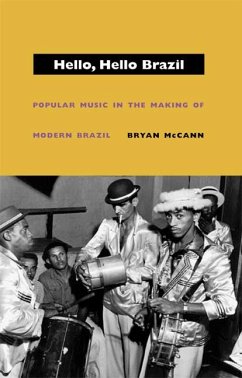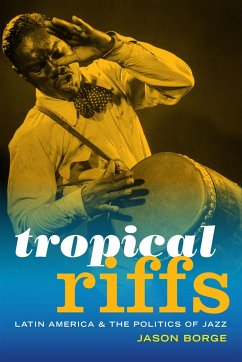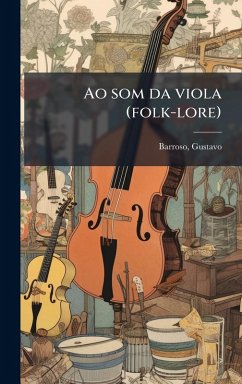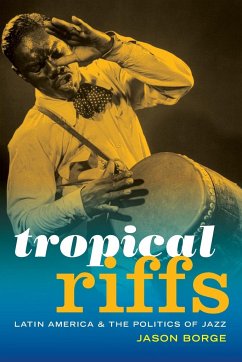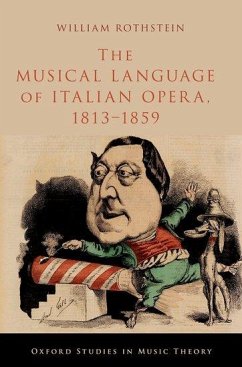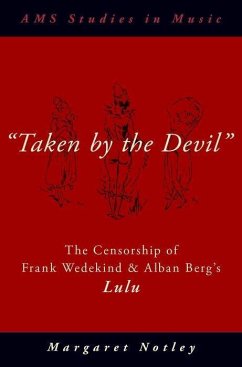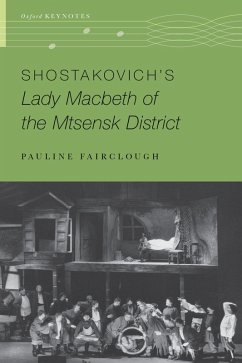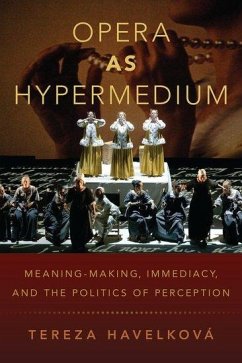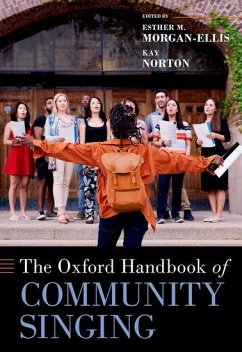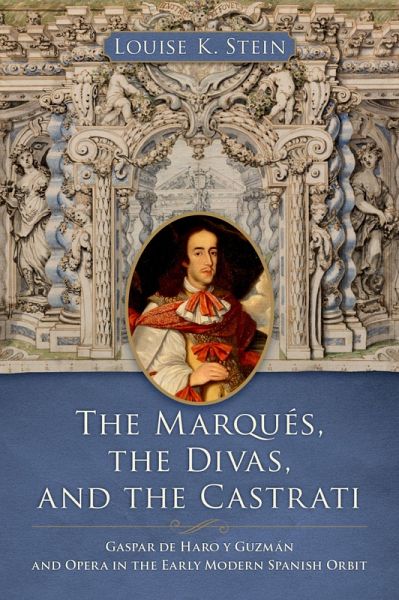
The Marqués, the Divas, and the Castrati
Gaspar de Haro Y Guzmán and Opera in the Early Modern Spanish Orbit
Versandkostenfrei!
Versandfertig in über 4 Wochen
117,99 €
inkl. MwSt.
Weitere Ausgaben:

PAYBACK Punkte
59 °P sammeln!
In this book, author Louise K. Stein analyzes early modern opera as appreciated and produced by Gaspar de Haro y Guzmán (1629-87), Marqués de Heliche and del Carpio and a distinguished patron of the arts in Madrid, Rome, and Naples. It also reveals his lasting legacy in the Americas during a crucial period for the growth and development of opera and the history of singing.




